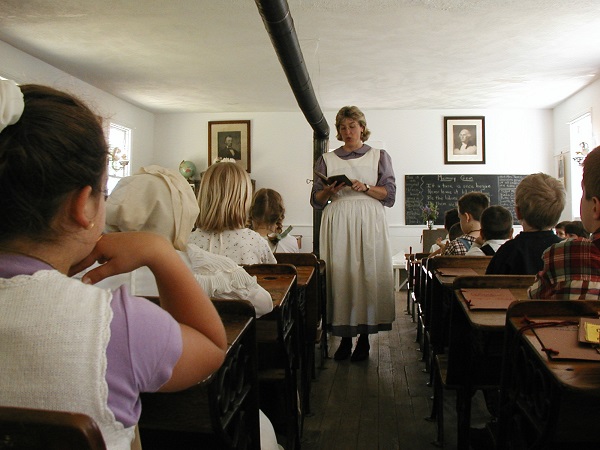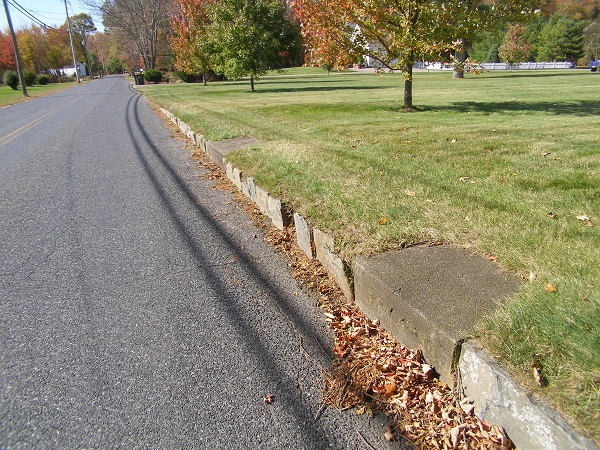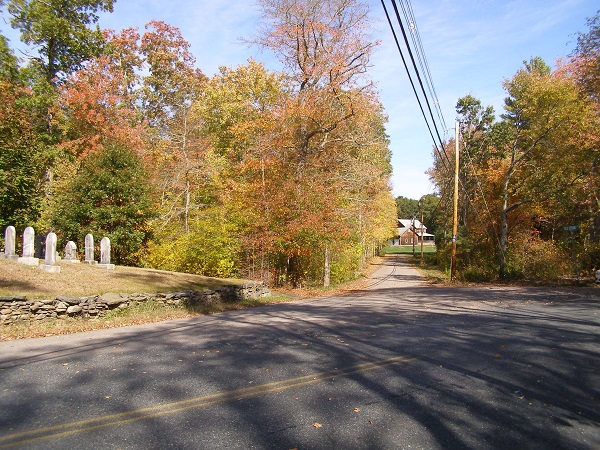JULY OPENING 2021
BY DAVE DOWNS
The Hornbine School Museum will be closed in June. We hope to open on the 2 nd and 4 th Sundays in July from 2pm – 4 pm. Don’t forget to “LIKE” and/or FOLLOW” us on Facebook (Hornbine School Museum).
Find Hornbine School information at our website which is https://hornbineschool.tripod.com/

Mr. Alfred Almeada appears in a video on October 3, 2020 on our Facebook Page (Hornbine School Museum). His dad was one of eleven children who attended The Hornbine School in the 20s and 30s. His grandfather came from the Asores and bought a ninety – nine acer farm at 91 Spring Street in Rehoboth. The Almeada’s home was torn down to make way for modern homes about 20 years ago.

Two curb stone steps that lead to the Almeada’s old homestead at 91 Spring Street
A few hundred yards down from the Almeada’s old homestead, is the Cole Brook Cemetery. Just to the right of the cemetery, is Old Spring Street. We were told by a resident on Old Spring St. that his father told him he thought the original district 10 school, which preceded the Hornbine School, was on the left about a third of the way down towards the house

Approximate site of the old Cole Brook School on OLD Spring Street about two thirds down on the left
When this school closed around 1845 – 46, the children in the area attended the new district 10 school located on Hornbine Road.
Today, we call the newer school building the Hornbine School.
Although it is not known when the Cole Brook School was built, it is probable that it was built around the turn of the century. There were many interesting events that took place here in Rehoboth and the country while the school was in use. The children’s teacher may have learned about these events by reading newspapers or possibly a journal or even by word of mouth! The following is a sampling:
In 1810 the U.S. Population was only 7,239,881
1814 British soldiers burn the White House and other government buildings. Francis Scott Key writes “The Star-Spangled Banner”
1818 The thirteen stars and stripes configuration of the U.S. flag is officially adopted by Congress
1819 The first installment of Washington Irving’s Rip Van Winkle appears
1820, The Nantucket, MA, whaling ship Essex sinks after being attacked by a sperm whale. The event inspires Herman Melville’s 1851 novel, Moby Dick.
1821 Spain ceded Florida to the United States
1825 The Erie Canal opened
1826 Thomas Jefferson and John Adams die on July 4 th, the 50th anniversary of the signing of the Declaration of Independence. Samuel Morey patents the internal combustion engine (named the “Gas or Vapor Engine)
1827 The first Rail Road opened in the U.S. (The Attleboro line opened shortly after that.)
1829 The first Rehoboth post office came into existence. The Taunton/Providence Turnpike, a toll road (Rte. 44) was built at a cost of about $1,000 a mile. This road ran straight and bypassed the village, which did not go well with the local inhabitants.
1831 The Orleans Mill was totally destroyed by fire. It was rebuilt of stone the following year.
1832 A former Rehoboth farm boy, Samuel Willard Bridgham, became the first Mayor of Providence, RI.
1835 P.T. Barnham started his first US tour
1836 Davey Crocket and others were defeated at the battle of the Alamo
1838 The “Trail of Tears”, which resulted in an estimated 4,000 – 8,000 Cherokee Indian deaths, took place
1839 Rehoboth was assessed $800 to pay for 22 School districts. The town school districts were situated so that most children did not have to walk longer than three miles to attend.
1840 Captain Wiles claimed Antarctica for the U.S.
The population of the United States was 17,069,453. The total population included 2,487,355 slaves.
1842 The border between Canada and the U.S. was settled
1844 The first telegraph message was sent.
In 1846, when the present Hornbine School (district 10) was under construction, a portion of the toll road (Rte. 44) was opened as a free road.
